
Ground Beef One Pan Meals
I truly enjoy making one-pan meals, especially when ground beef is involved! They are quick to prepare, and the flavors meld beautifully in just one skillet. I love how versatile…
Welcome to RecipesEdge, where every recipe is crafted with love and simplicity in mind. Our goal is to empower home cooks of all skill levels to create memorable meals for family and friends.

I truly enjoy making one-pan meals, especially when ground beef is involved! They are quick to prepare, and the flavors meld beautifully in just one skillet. I love how versatile…
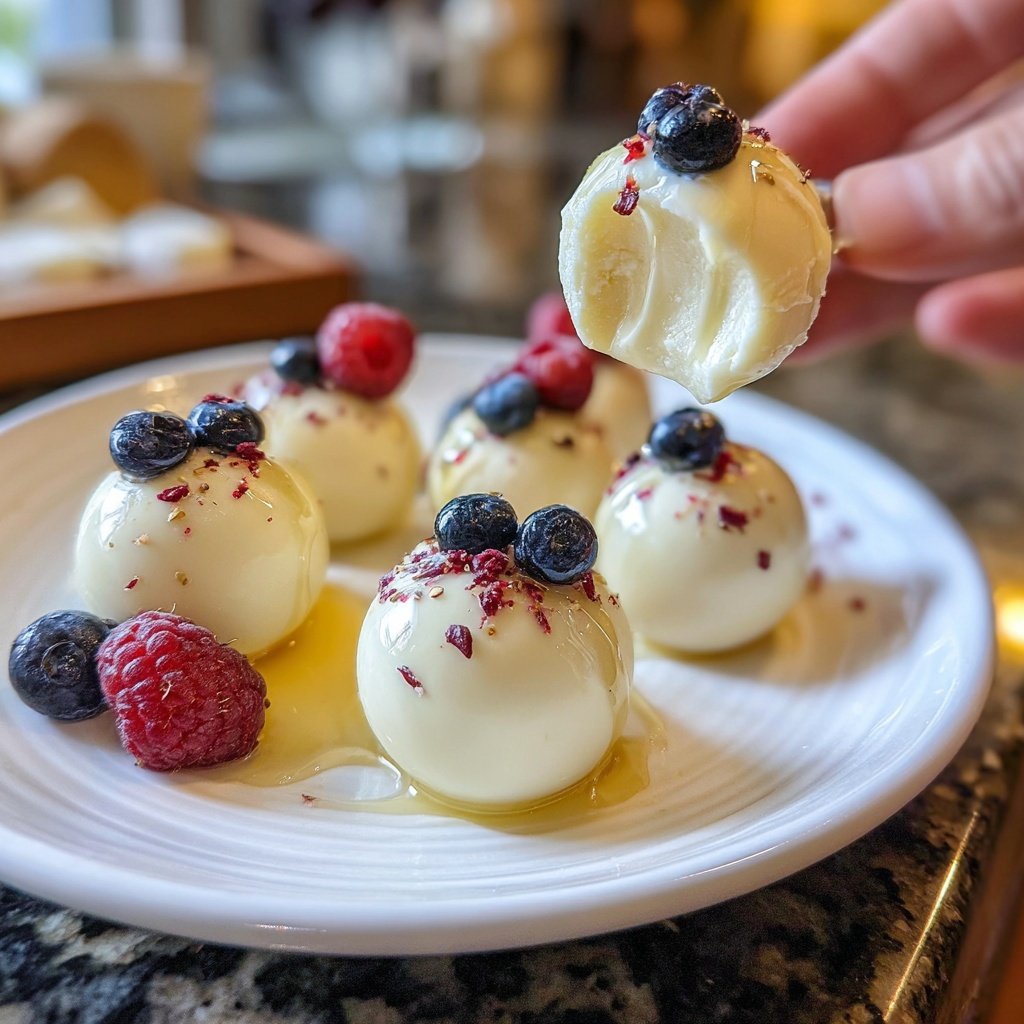
I absolutely love making these Homemade Yogurt Bites! They are a perfect snack when I'm looking for something refreshing and healthy. Using just a few simple ingredients, I create a…
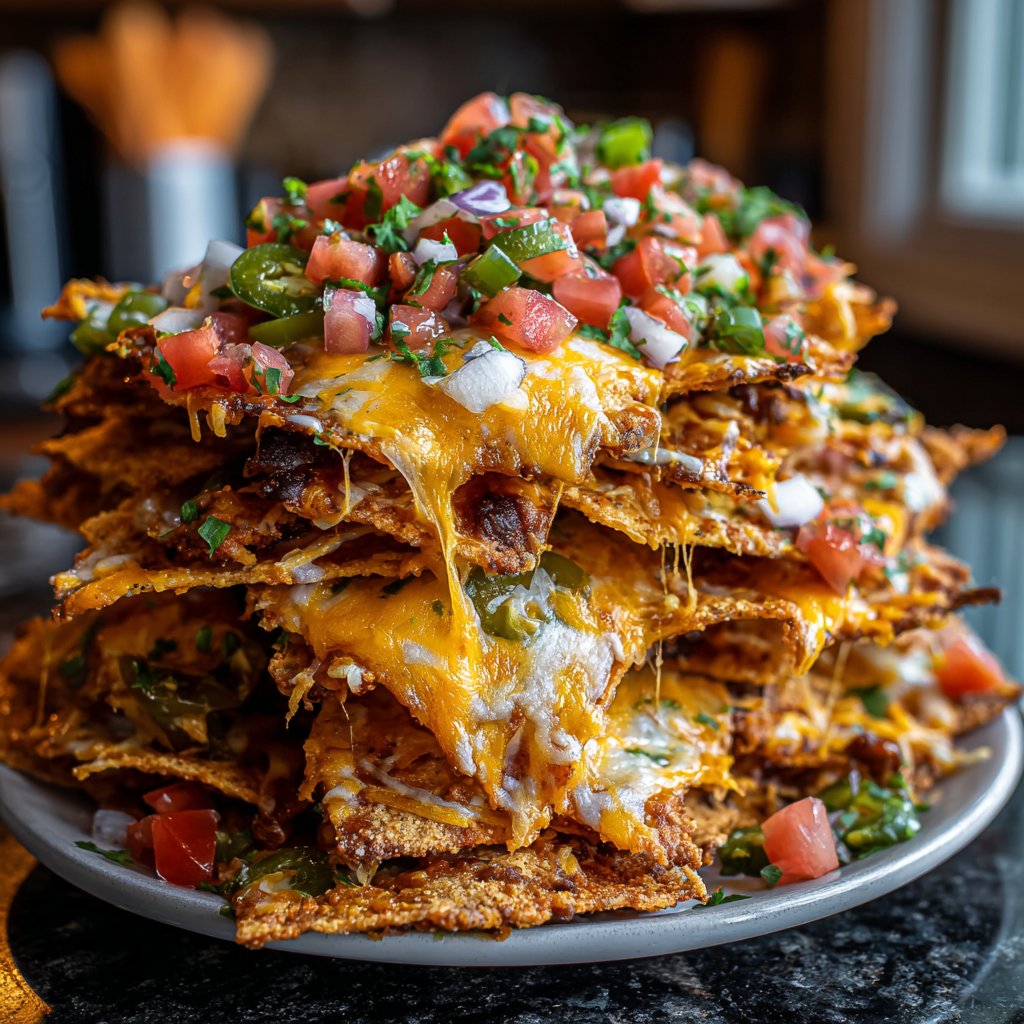
I love whipping up a quick batch of Easy Loaded Nachos whenever I'm craving a satisfying snack or hosting friends. These nachos are incredibly versatile and can be customized with…
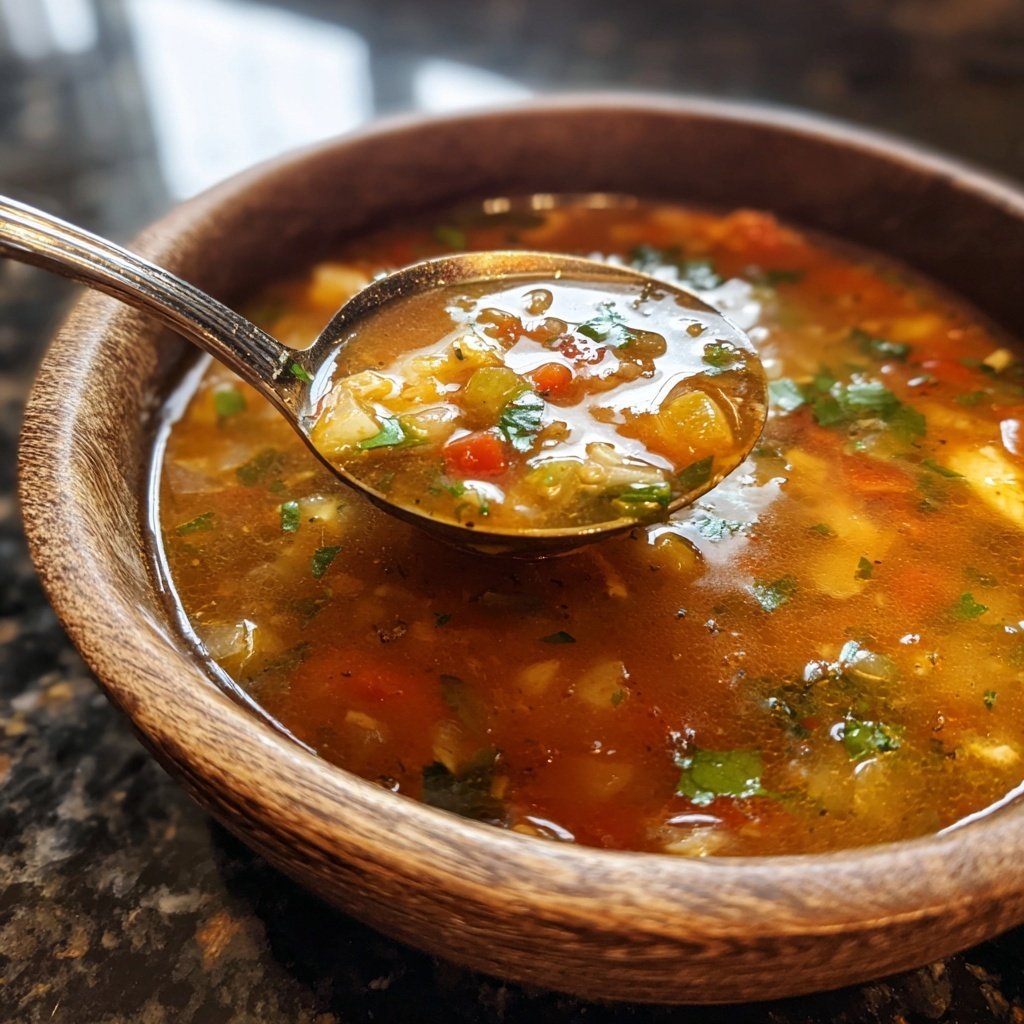
I love creating delicious and comforting soups at home during those chilly days. There's something incredibly satisfying about sipping on a warm bowl of goodness that not only fills my…

I absolutely love making this Easy Lobster Pasta Recipe for special occasions. The combination of tender lobster with al dente pasta and a rich, creamy sauce is simply irresistible. Each…
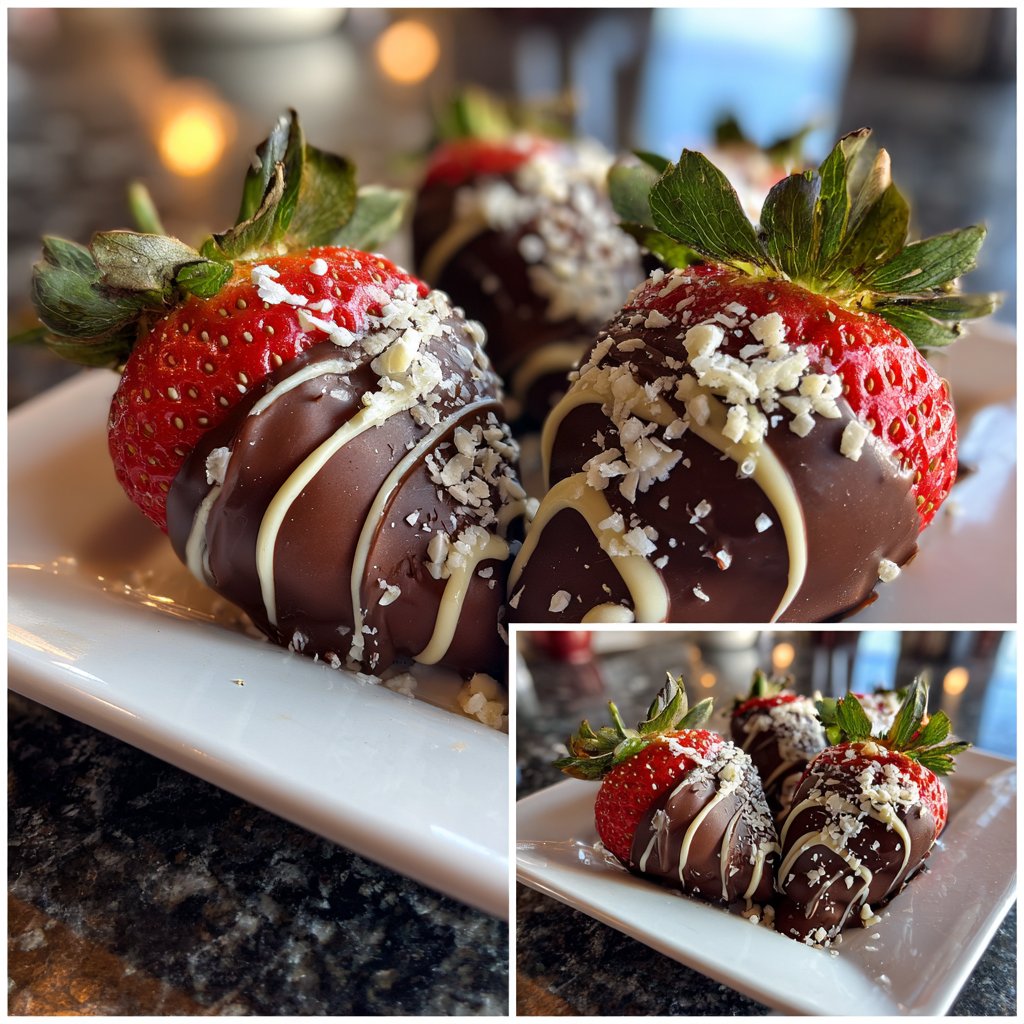
I absolutely love making Valentine Chocolate Strawberries for my loved ones. Each year, I look forward to the excitement of dipping fresh strawberries into rich, melted chocolate, creating a delightful…
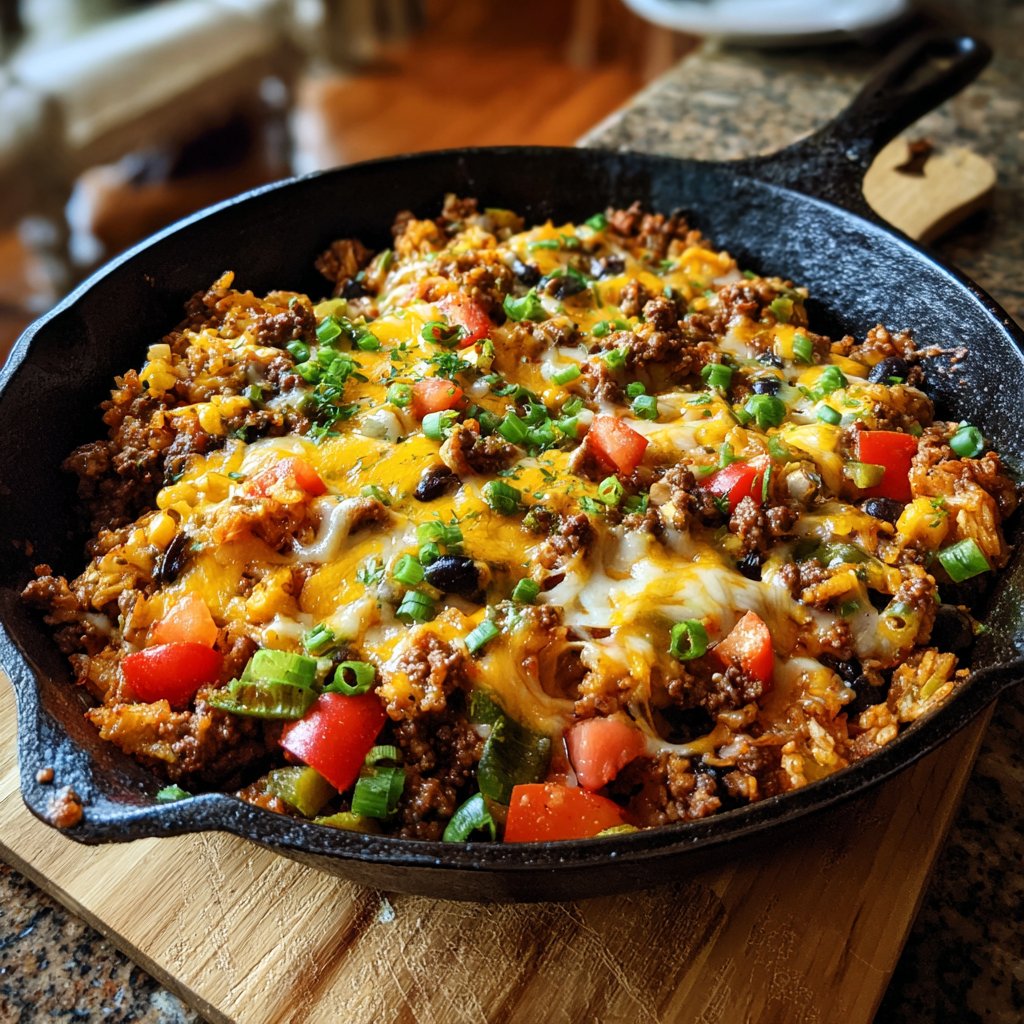
I love making Easy Ground Beef Skillet Meals because they're not only quick to prepare but also incredibly satisfying. In just 30 minutes, I can whip up a hearty meal…
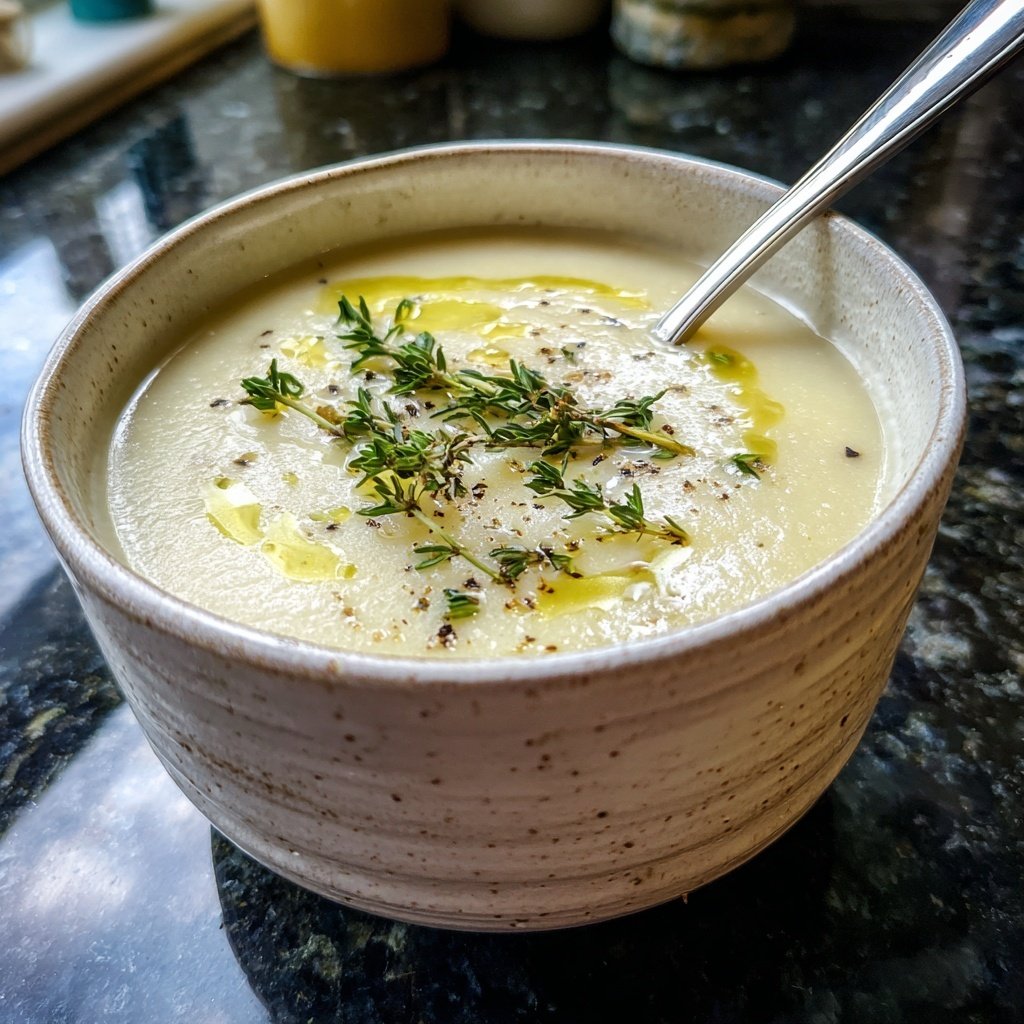
I absolutely love making this Creamy Lemon White Bean Soup Bowl whenever I'm in the mood for something refreshing yet comforting. The combination of white beans with zesty lemon creates…
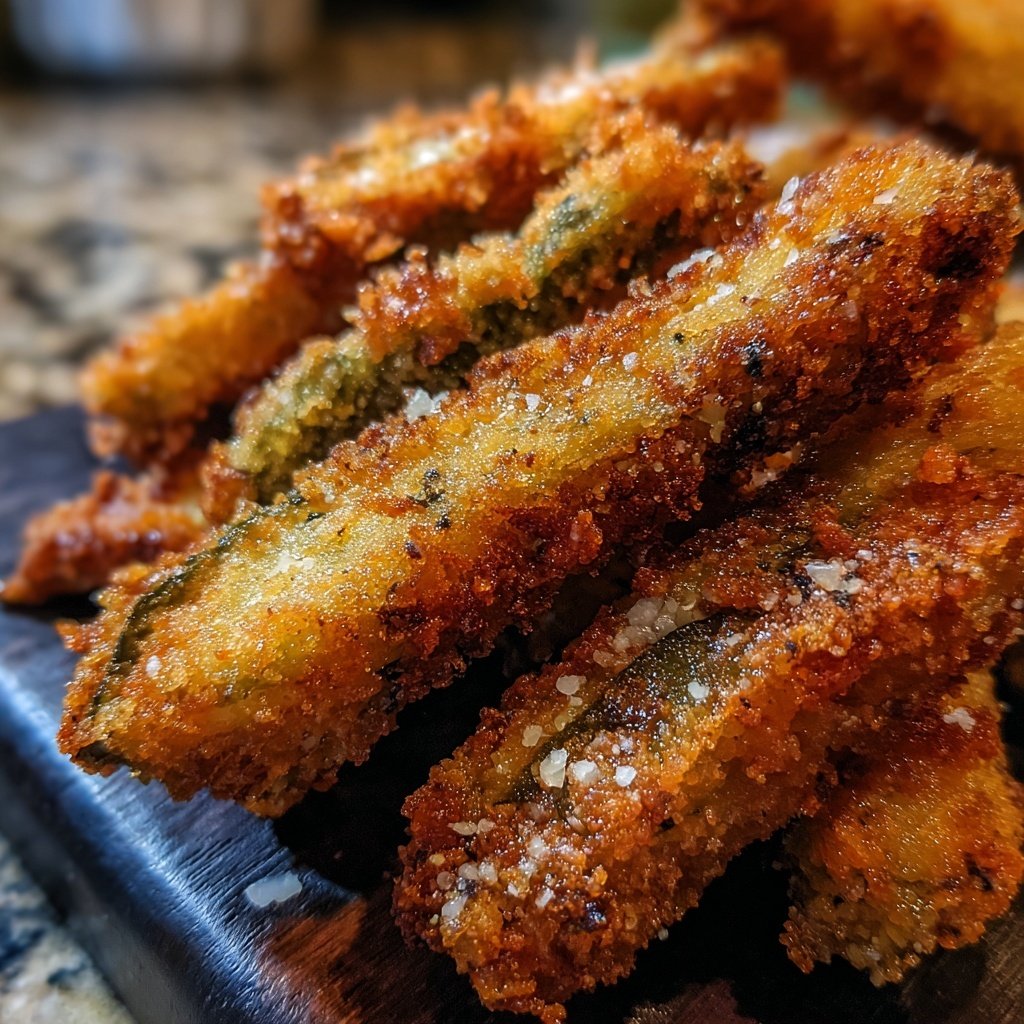
I absolutely love making Crispy Eggplant Veggie Fries as a healthy yet satisfying snack. When I first experimented with eggplants, I was pleasantly surprised by how easy it is to…
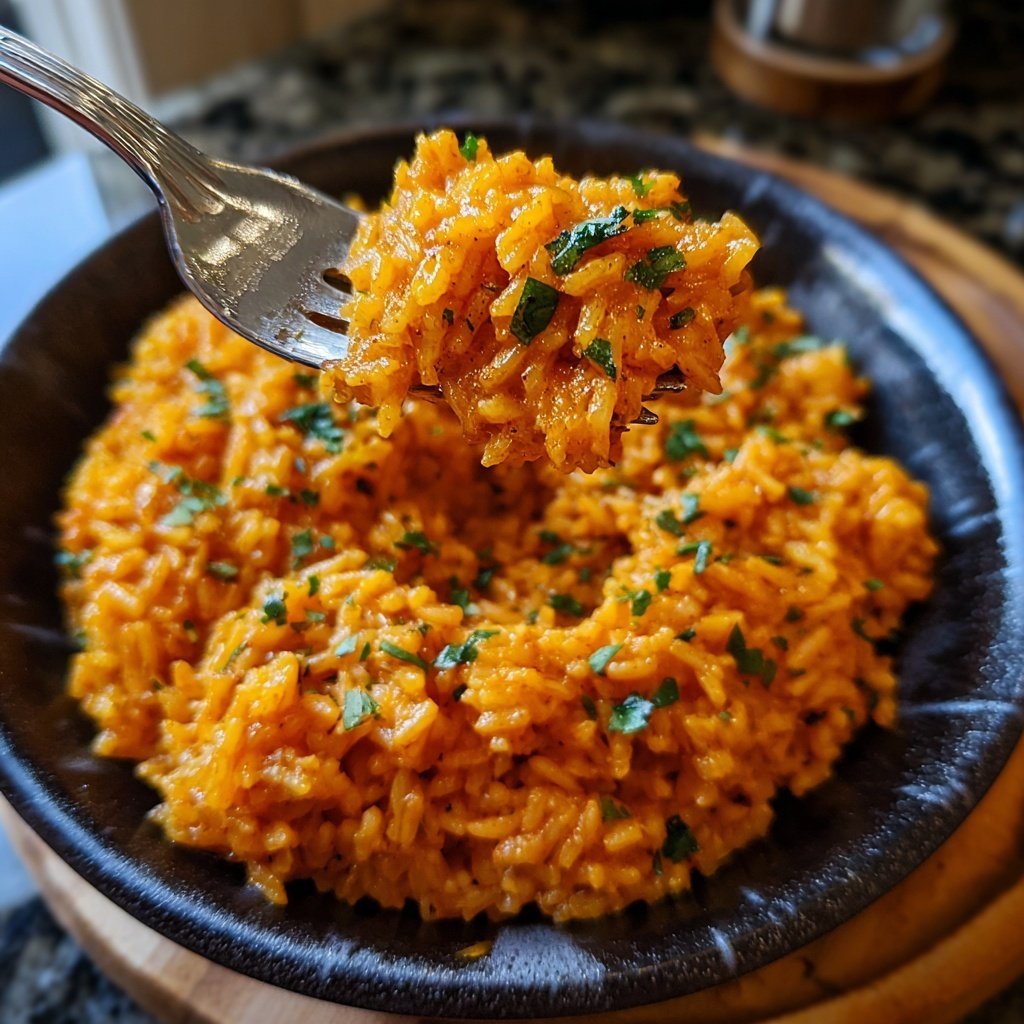
I absolutely love the flavors in this Smoky Paprika Sweet Potato Rice! It's a dish that combines sweetness with a hint of smokiness, creating a delightful explosion of flavors. With…
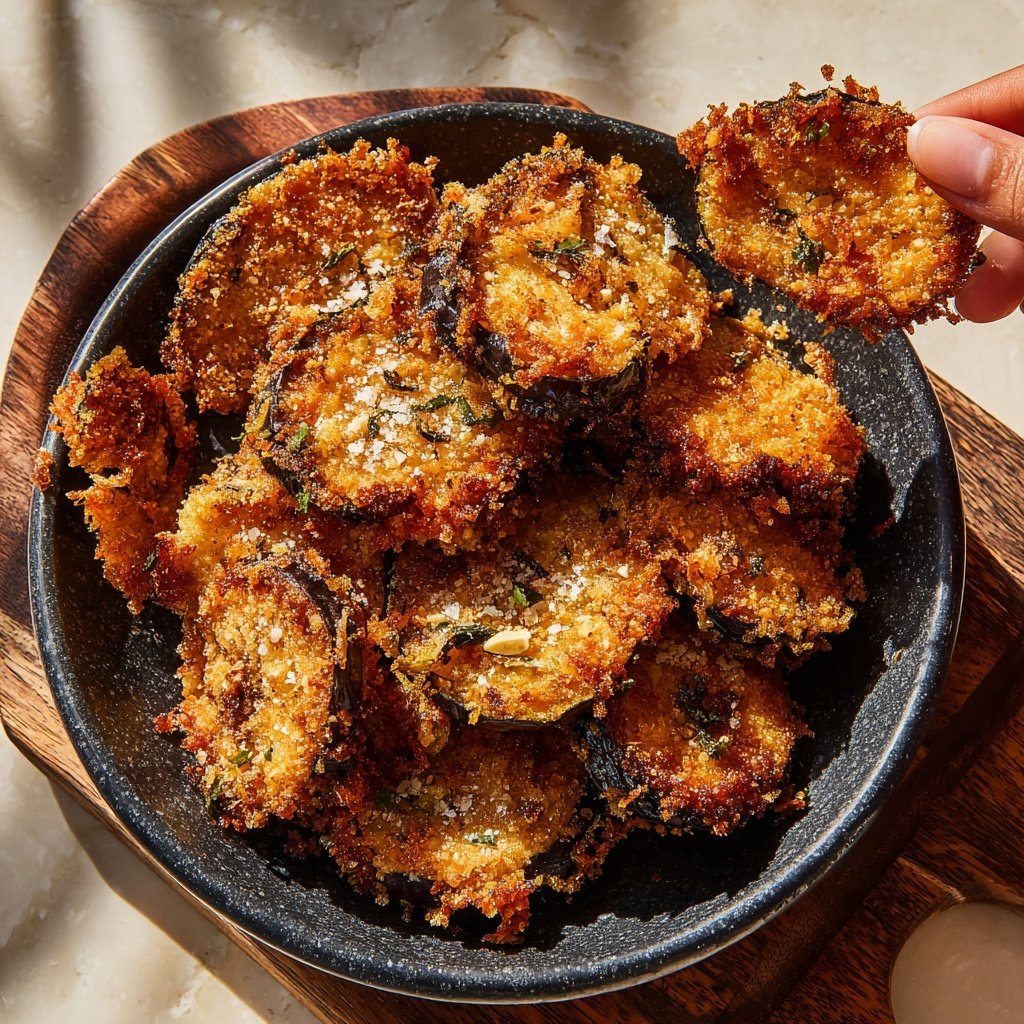
I absolutely love making crispy eggplant garlic chips as a healthy and delicious snack. They bring together the delightful crunch of fried snacks with the loving warmth of garlic. Baking…
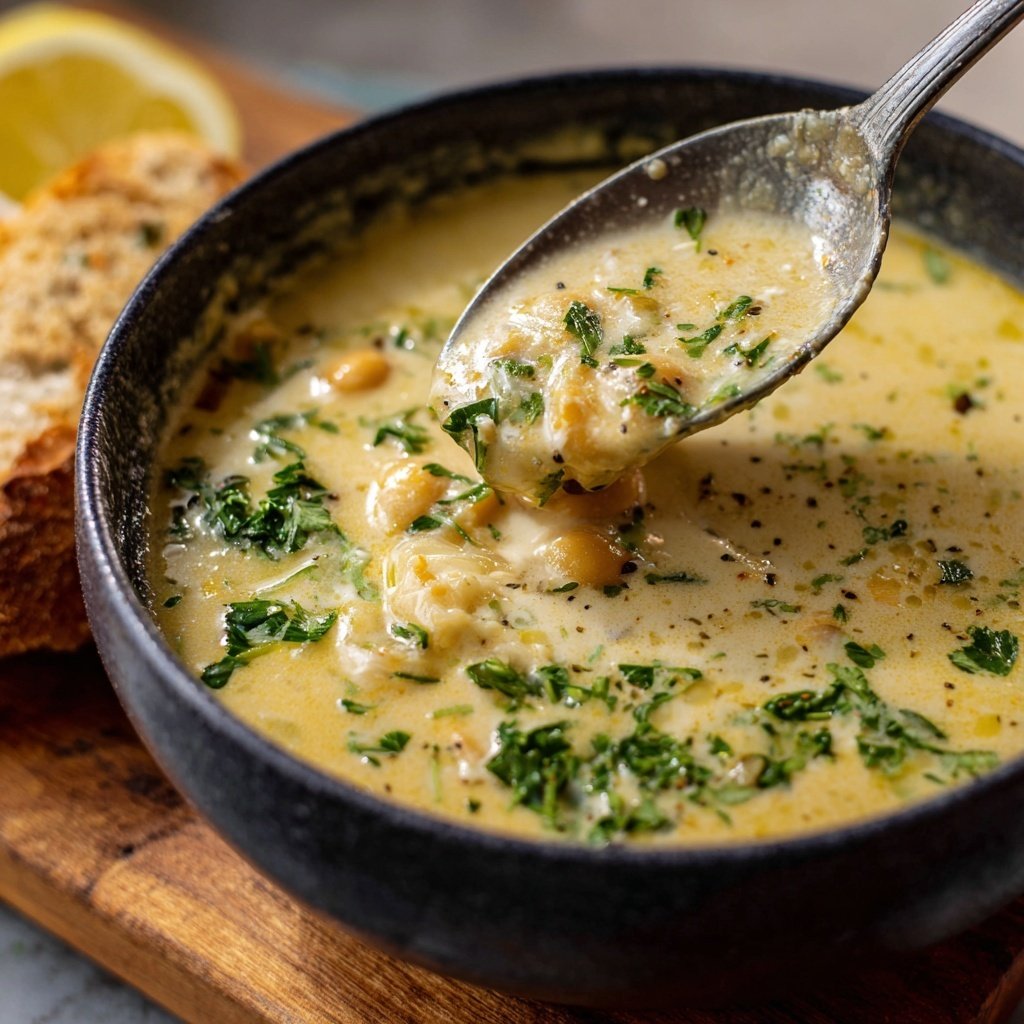
I love making Creamy Lemon Chickpea Soup, especially on chilly days when I crave something comforting yet nutritious. The bright flavor of lemon combined with creamy chickpeas creates a delightful…